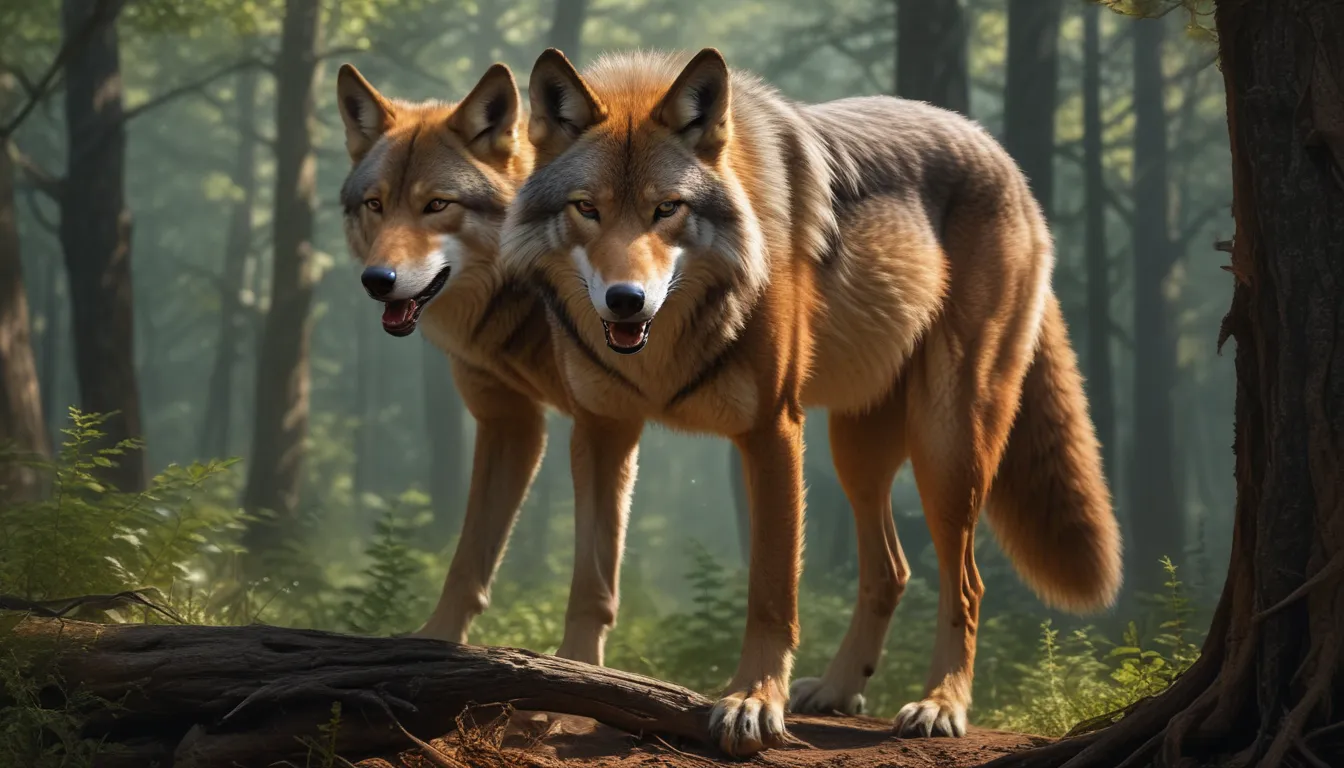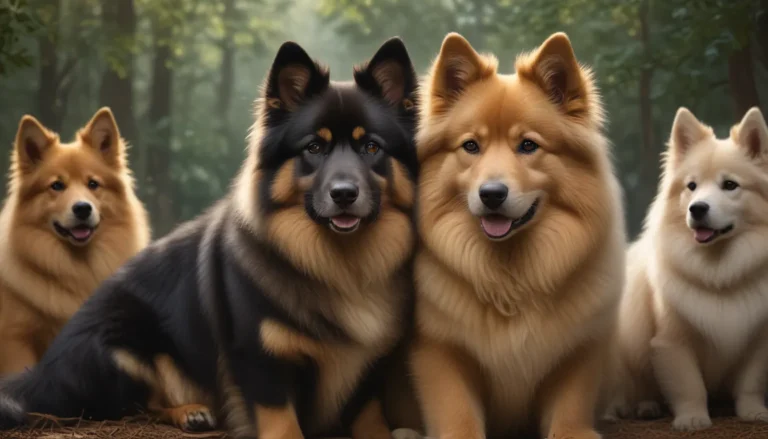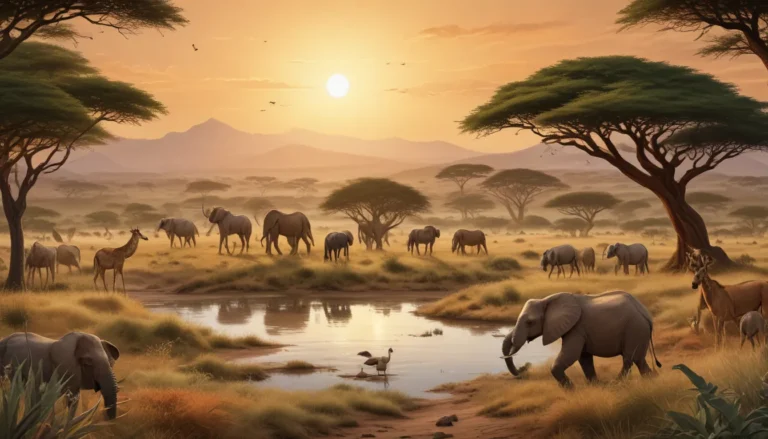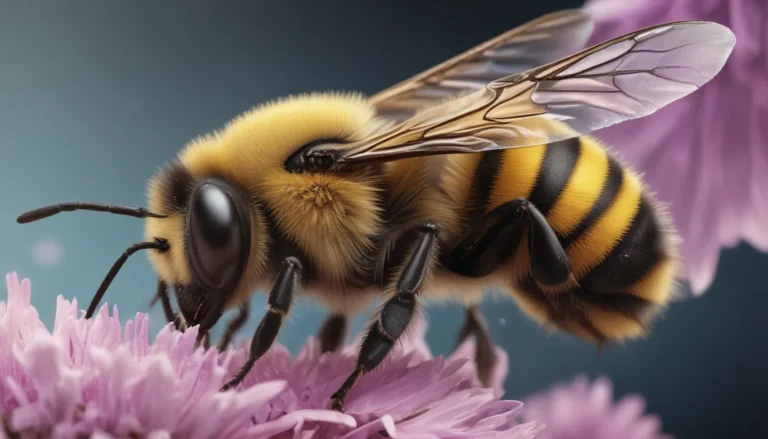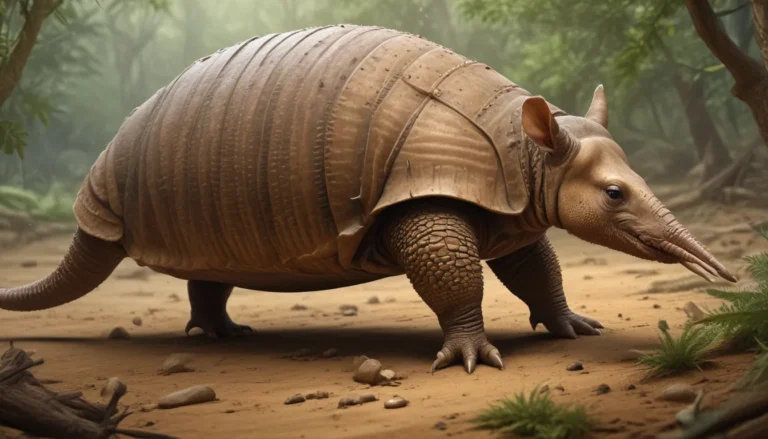The pictures we use in our articles might not show exactly what the words say. We choose these pictures to make you interested in reading more. The pictures work together with the words but don’t take their place. The words still tell you the important facts.
As we delve into the fascinating world of the red wolf, we uncover a treasure trove of intriguing facts and stories about this remarkable creature. From its biological classification to its unique behaviors, the red wolf holds a special place in the ecosystem of the southeastern United States. Let's embark on a journey to explore the essential information about the red wolf and the efforts underway to protect this endangered species.
Understanding the Red Wolf
The Red Wolf Is a Relation of the Gray Wolf
The red wolf, a carnivorous mammal of the canidae family, shares a close relationship with the gray wolf. However, it is distinct in its smaller size and less sociable nature. Named for the reddish tone of its coat, the red wolf is native to the southeastern parts of the USA but was declared extinct in the wild in 1980. Restoration efforts are now focused on breeding the red wolf in captivity to revive its population in the wild.
Taxonomical Controversy Surrounds the Red Wolf
Debates among scientists about the red wolf's ancestry have led to taxonomical controversies. Some suggest that the red wolf is a hybrid species resulting from interbreeding between the gray wolf and the coyote. Despite these debates, efforts to protect and conserve the red wolf continue, highlighting the significance of preserving this unique species.
The Red Wolf Is Native to the Southeastern USA
Originally ranging from Florida to Pennsylvania, the red wolf faced near extinction due to predator control programs and habitat destruction. Thanks to conservation programs, red wolf populations have thrived in national parks like the Pocosin Lakes and Alligator River National Wildlife Refuges in North Carolina, offering hope for the recovery of this endangered species.
Conservation Efforts for the Red Wolf
The Red Wolf Was Almost Driven to Extinction
In the 20th century, the red wolf teetered on the brink of extinction due to aggressive hunting and habitat loss. In 1973, the U.S. Fish and Wildlife Service initiated formal conservation programs to protect the species. Captive breeding efforts, such as the program at Point Defiance Zoological Gardens, aimed to increase the red wolf population and prevent their extinction.
Programs to Protect the Red Wolf Began in 1973
Following the initial conservation efforts, various programs were established to reintroduce red wolves into the wild. From wildlife refuges in South Carolina to propagation projects on islands off the coast of Florida, these initiatives have played a vital role in preserving the red wolf population. As of 2010, over 100 red wolves had been released into the wild, marking a significant milestone in their conservation journey.
There Are Now at Least 38 Red Wolf Protection Facilities in the USA
With over 300 red wolves in existence, conservation facilities across the United States are dedicated to safeguarding this endangered species. From captive breeding to reintroduction into the wild, these facilities play a crucial role in ensuring the survival of red wolves. However, challenges like interbreeding with coyotes and habitat destruction continue to pose threats to their conservation.
Fascinating Facts About the Red Wolf
Red Wolves Primarily Eat Small Mammals
In their natural habitat, red wolves feed on small mammals like rabbits, rodents, and even insects and berries. In conservation areas, they have adapted to hunting larger prey such as white-tailed deer and raccoons. Their solitary or small pack hunting behavior reflects their survival instincts and adaptability in various environments.
Red Wolves Mate for Life
One heartwarming aspect of red wolf behavior is their lifelong monogamous relationships. Mating once a year during late winter, red wolves form lasting bonds and raise their young together. With litters of 2-8 pups born in dens created by the parents, red wolves exhibit strong familial ties and cooperative parenting.
Red Wolves Are Smaller than Gray Wolves
Compared to their gray wolf relatives, red wolves are smaller and more slender in stature. Adult males typically weigh 40-80 lbs, measuring 4.5-5.5 ft in length. Their distinct physical features make them well-suited for their hunting habits and survival in diverse habitats.
Red Wolves Can Be Shy
Known for their shyness and nocturnal habits, red wolves exhibit cautious behavior in the wild. Living in small packs led by an alpha male and female, they navigate their territories with stealth and adaptability. Their ability to communicate through vocalizations and body language underscores their complex social dynamics.
Cultural Significance of the Red Wolf
The Cherokee People Believed That the Red Wolf Was Sacred
In Cherokee folklore, the red wolf holds a sacred place as the companion of the hunter Kana’ti. Revered for its reddish color, the red wolf symbolizes war and spiritual significance within the Wolf Clan. The Cherokee's respect for the red wolf reflects a deep-rooted connection to nature and the intrinsic value of all living beings.
Red Wolves Aren’t Too Fussy about Habitats
Adaptable to various environments, red wolves demonstrate resilience in diverse habitats, from forests to wetlands and agricultural lands. Their ability to thrive in different landscapes underscores their evolutionary versatility and survival instincts in the face of changing ecosystems.
Red Wolves Live Longer In Captivity
Under controlled conditions, red wolves exhibit longer lifespans compared to their counterparts in the wild. With the support of conservation programs and habitat management, captive red wolves can live up to 15 years, highlighting the positive impact of conservation efforts on their longevity and well-being.
Red Wolves Mate with Coyotes − but Reluctantly
While red wolves prefer to mate within their species, interbreeding with coyotes can occur in certain circumstances. Conservation programs strive to maintain genetic purity and prevent hybridization, ensuring the integrity of the red wolf population. By managing breeding programs and reintroduction efforts, conservationists aim to sustain a healthy and sustainable red wolf population.
Promoting Coexistence with the Red Wolf
Red Wolves Are More Scared of You than You Are of Them
Dispelling myths about wolf aggression, red wolves pose little threat to humans and tend to avoid interactions whenever possible. Their shy and cautious behavior reflects a natural instinct to steer clear of potential conflicts, emphasizing the peaceful coexistence between humans and wildlife.
You Could Be Paid to Host a Red Wolf Pack
Encouraging private landowners to participate in red wolf conservation, the Red Wolf Recovery Program offers incentives for hosting red wolf packs on their property. By supporting habitat conservation and wildlife protection, landowners play a crucial role in preserving red wolf populations and maintaining ecological balance.
Conclusion
As we conclude our exploration of red wolf facts and conservation efforts, we celebrate the resilience and remarkable nature of this endangered species. Through a combination of scientific research, conservation programs, and community engagement, the red wolf's survival is a testament to the collective effort to protect our natural world. By raising awareness, fostering stewardship, and promoting coexistence, we can ensure a brighter future for the red wolf and all species that share our planet's diverse ecosystems. Join us in advocating for the protection of the red wolf and the preservation of our shared environment.
